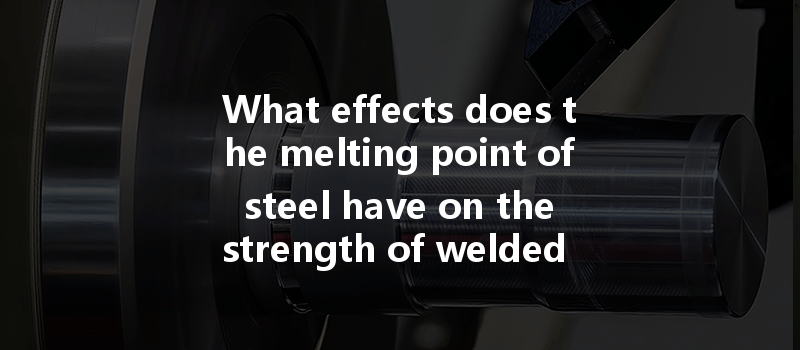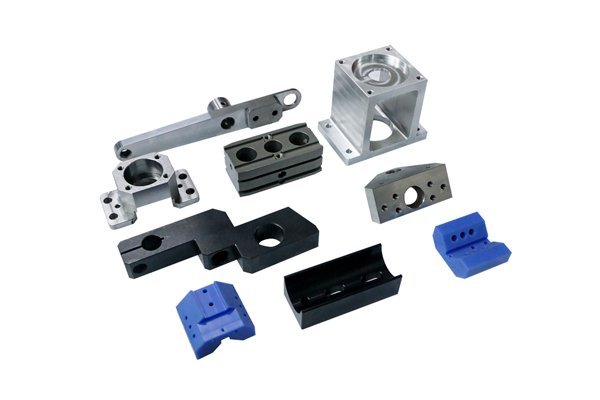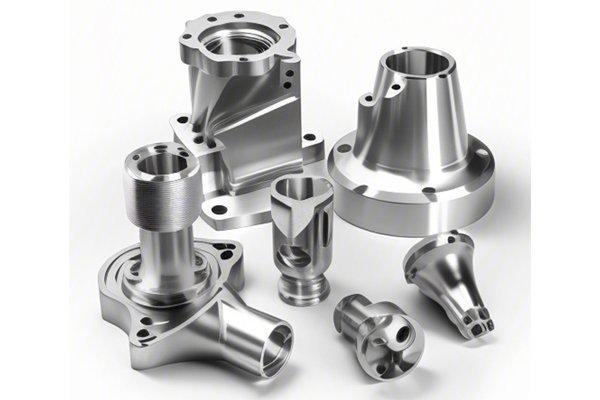: The Crucial Role of Welding in Industry
Did you know that welding is responsible for joining over 50% of the world’s structural components? From towering skyscrapers and vast bridges to the intricate designs of automobiles, welding is the backbone of construction and manufacturing. However, the effectiveness of welded joints largely depends on several factors, one of the most critical being the melting point of the steel used in the weld. Understanding how the melting point of steel influences the strength of welded joints not only enhances the quality of the weld but also ensures the integrity and longevity of the final product.
In this blog, we will explore the relationship between steel’s melting point and the strength of welded joints in detail. We will delve into the science of welding, the importance of selecting the right materials, and the techniques to create strong, resilient bonds in various steel applications.
—
Welding is a process that involves fusing materials, usually metals, through heat, pressure, or a combination of both. The heat is generated through various methods, such as arc welding, MIG welding, TIG welding, and resistance welding. Each method produces different levels of heat, which significantly affect the melted material’s characteristics and subsequently, the strength of the welded joint.
The properties of the steel being welded, particularly the melting point, play a vital role in determining the overall quality and strength of the weld. Understanding these properties allows welders and engineers to make informed decisions during the welding process.
The melting point of steel varies based on its composition and the type of steel. Generally, carbon steel melts at around 1425°C to 1540°C (2600°F to 2800°F). However, the melting point can shift significantly higher for alloy steels. Variations in carbon content, alloying elements (like manganese, chromium, and nickel), and impurities will influence melting behavior, phase transformations, and, ultimately, the strength of the weld.
Knowing the specific melting point of the steel you’re using is essential, as it defines the conditions needed for welding and how heat affects the metal during the process.
When metals are melted during the welding process, they undergo structural changes at the atomic level. A deeper understanding of this relationship can guide best practices in welding:
3.1 Heat-Affected Zones (HAZ)
The HAZ is an area adjacent to the weld which experiences thermal cycles due to the welding heat but does not melt. The melting point of the steel directly influences the size and properties of the HAZ. Material properties like hardness, tensile strength, and corrosion resistance can be adversely affected in this zone. The lower the melting point, the wider the HAZ may extend, leading to potential weaknesses.
3.2 Ceramics’ Effect on Weld Strength
In some cases, welding adds additional materials such as fillers. The melting point of these filler materials must be compatible with the base steel. If the filler has a significantly lower melting point, it could lead to incomplete fusion and affect the overall strength.
3.3 The Solidification Process
After welding, as the molten steel solidifies, it can either expand or contract depending on the cooling rate and material characteristics. A steel with a high melting point usually has a slower cooling rate, which can lead to larger grain structures. While larger grains can reduce strength, controlled cooling processes are essential to refine the grain structure.
To achieve high-quality welds, several techniques can be implemented based on the understanding of steel melting points and the interaction between the welding process and base materials:

4.1 Selection of Appropriate Welding Process
Choosing the right welding method is paramount. Each process has its unique heat input characteristics that can influence weld quality:
4.2 Preheating Techniques
Preheating steel before the welding process can help to reduce thermal shock and control the cooling rate, especially for thick materials or those with higher melting points. This can minimize HAZ issues and promote better fusion.
4.3 Post-Weld Heat Treatment (PWHT)
Conducting PWHT can help relieve stress and improve the mechanical properties of the joint by refining the grain structure. Understanding the melting points allows for correction of heat application to avoid damaging the weld or HAZ.
4.4 Using Alloy Filler Materials
Selecting filler materials that have similar melting points to the base metals can achieve better fusion and joint strength. However, a balance must be struck because alloys with lower melting points can lead to weaker welds if not accounted for correctly.
Recognizing potential problems can help mitigate risks:
In summary, effectively navigating the relationship between the melting point of steel and the strength of welded joints is paramount for any welding project. The melting point informs crucial decisions throughout the welding process, from material selection to choosing the appropriate welding method and determining pre-heating and post-weld treatment techniques.
Simply put, mastering welding techniques while keeping the melting point of materials in mind can make the difference between a structurally sound weld and one that fails under stress. As industries continue to advance and evolve, ensuring that engineers and welders appreciate these dynamics is increasingly vital.
Whether you’re a professional welder or an engineer, understanding the melting point isn’t just an academic detail—it’s a practical tool that can significantly impact the quality of your work. As you dive deeper into the world of welding, keep the science behind melting points at the forefront of your considerations. The strength of your welded joints—and the structures they support—depends on it.






